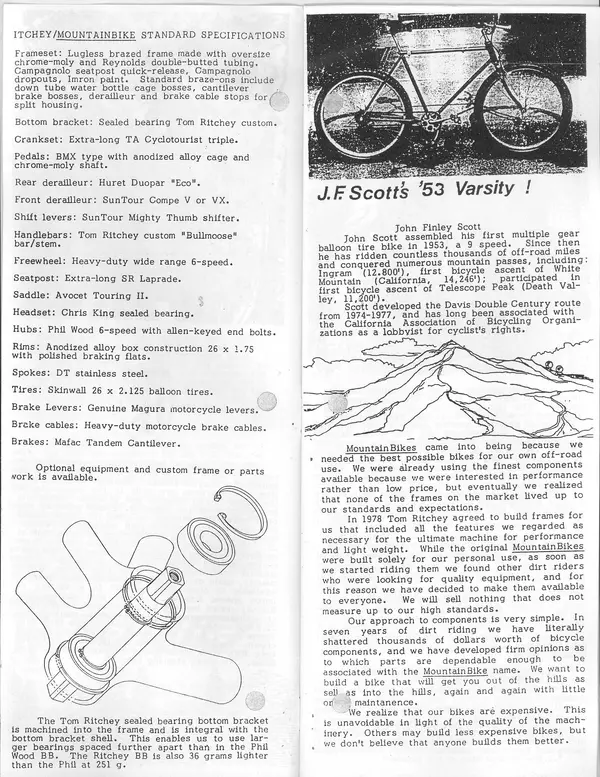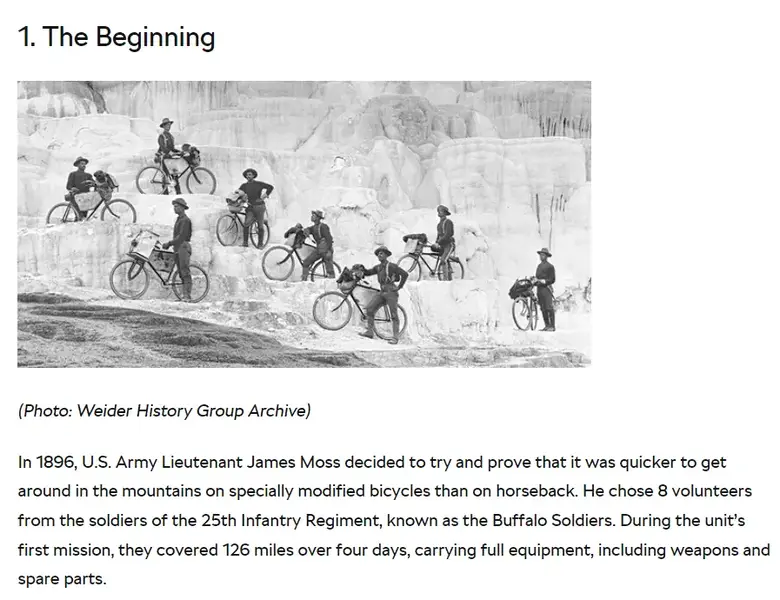manuelschafer
Old School Hero
Is anyone here interested to make a summery with all important dates and events ?
Thank you for your time (reading and writing) in advance
retroedit, (..someone else tried another writedown..)
https://www.themountainbikelife.com/2013/05/the-not-so-known-origins-of-mountain.html


"...the originators of mountain bike style we use nowadays actually resided just outside of Paris in the mid 1900’s.
Between 1951-1956, a group of around 20 men from outside of Paris came together to ride bikes off-road and without limits. They called themselves the Velo Cross Club Parisien (VCCP). Cyclocross was often used to stay in shape in the winter, yet these guys wanted something a little bit more. Who could blame them? They began to modify the bikes and take them off of jumps and down obstacles.
....
There’s the camaraderie, the originality, the rush; the men of the VCCP clearly had a ton of fun."
Thank you for your time (reading and writing) in advance
retroedit, (..someone else tried another writedown..)
https://www.themountainbikelife.com/2013/05/the-not-so-known-origins-of-mountain.html


"...the originators of mountain bike style we use nowadays actually resided just outside of Paris in the mid 1900’s.
Between 1951-1956, a group of around 20 men from outside of Paris came together to ride bikes off-road and without limits. They called themselves the Velo Cross Club Parisien (VCCP). Cyclocross was often used to stay in shape in the winter, yet these guys wanted something a little bit more. Who could blame them? They began to modify the bikes and take them off of jumps and down obstacles.
....
There’s the camaraderie, the originality, the rush; the men of the VCCP clearly had a ton of fun."
Last edited:

